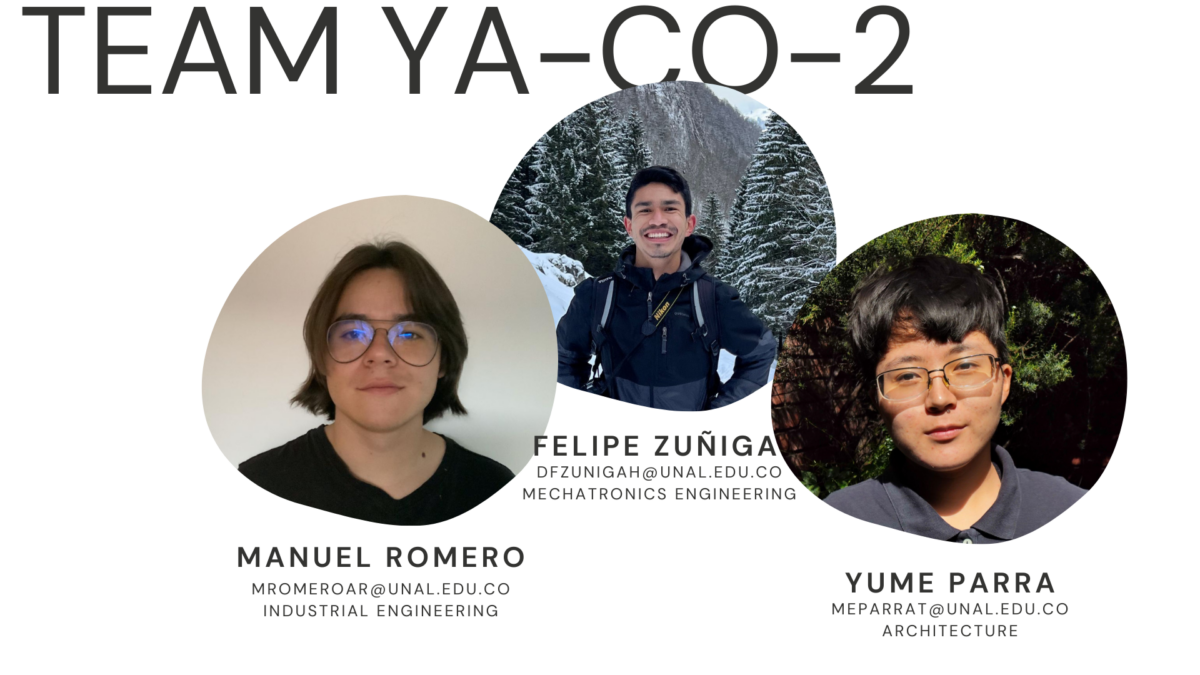
INETBANK: Enhancing climate resilience in remote communities using data and technology
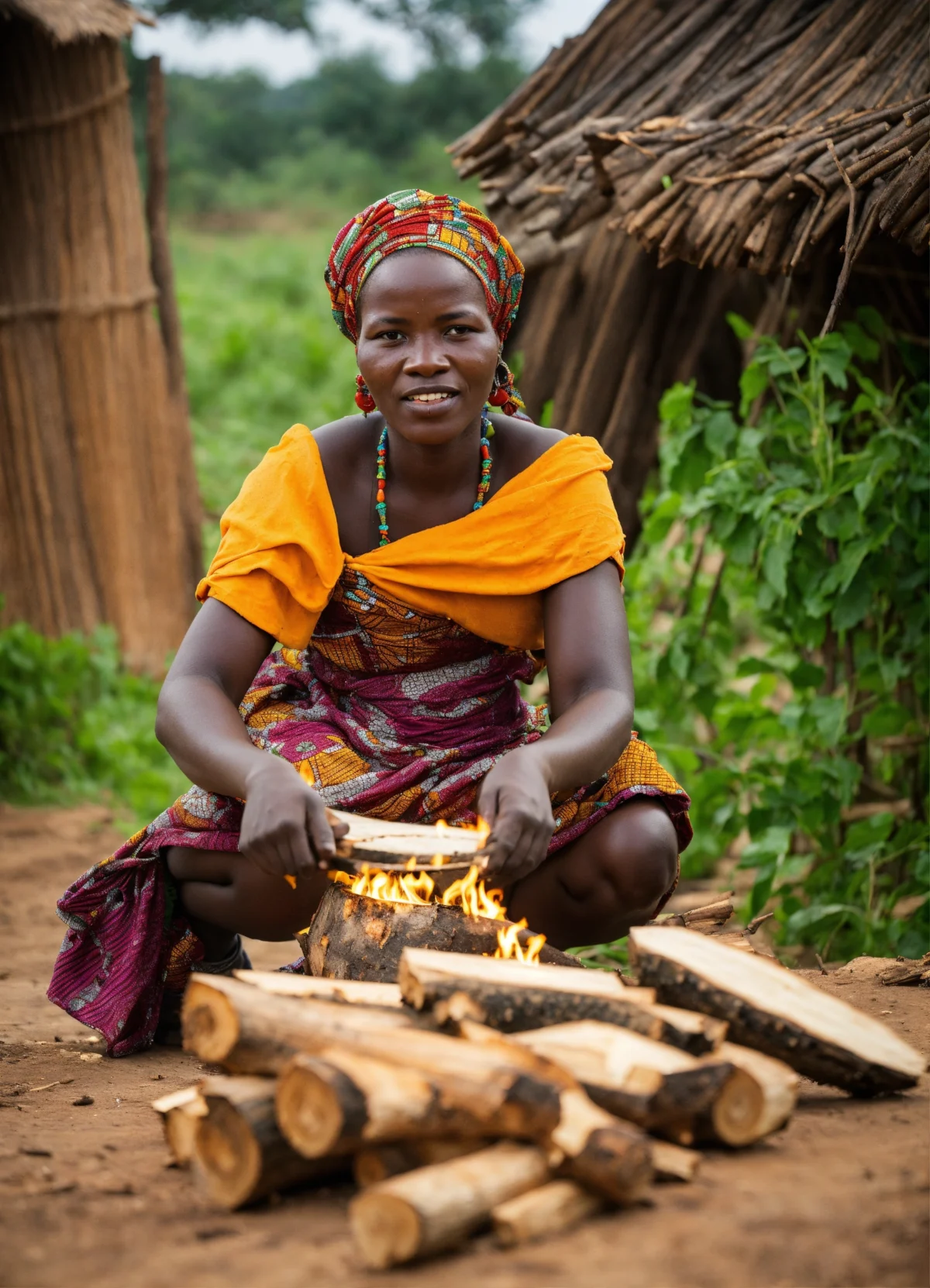
Meet Nashida, a dedicated Makonde pastoralist nomad. Like her ancestors, Nashida raises cattle to sustain her family and community. But these days, her life is fraught with new challenges. Increasing floods and droughts have left her livestock vulnerable, and the need to move long distances in search of better conditions has become a harsh reality.
Nashida’s journey is not just about survival; it’s about navigating uncertainty and avoiding extreme poverty. Her daily struggle is mirrored by Nadia, an NGO worker committed to alleviating the suffering caused by these environmental changes. Nadia tirelessly works to prevent livestock deaths and provide aid. Yet, the constant movement of nomadic communities creates a significant challenge—she often struggles to pinpoint where help is most needed and faces delays in delivering timely support.
This is where our solution steps in. By bridging the gap between nomadic mobility and aid coordination, we can ensure that Nashida and countless others receive the timely assistance they need, transforming their struggle into a story of resilience and hope.
About the challenge
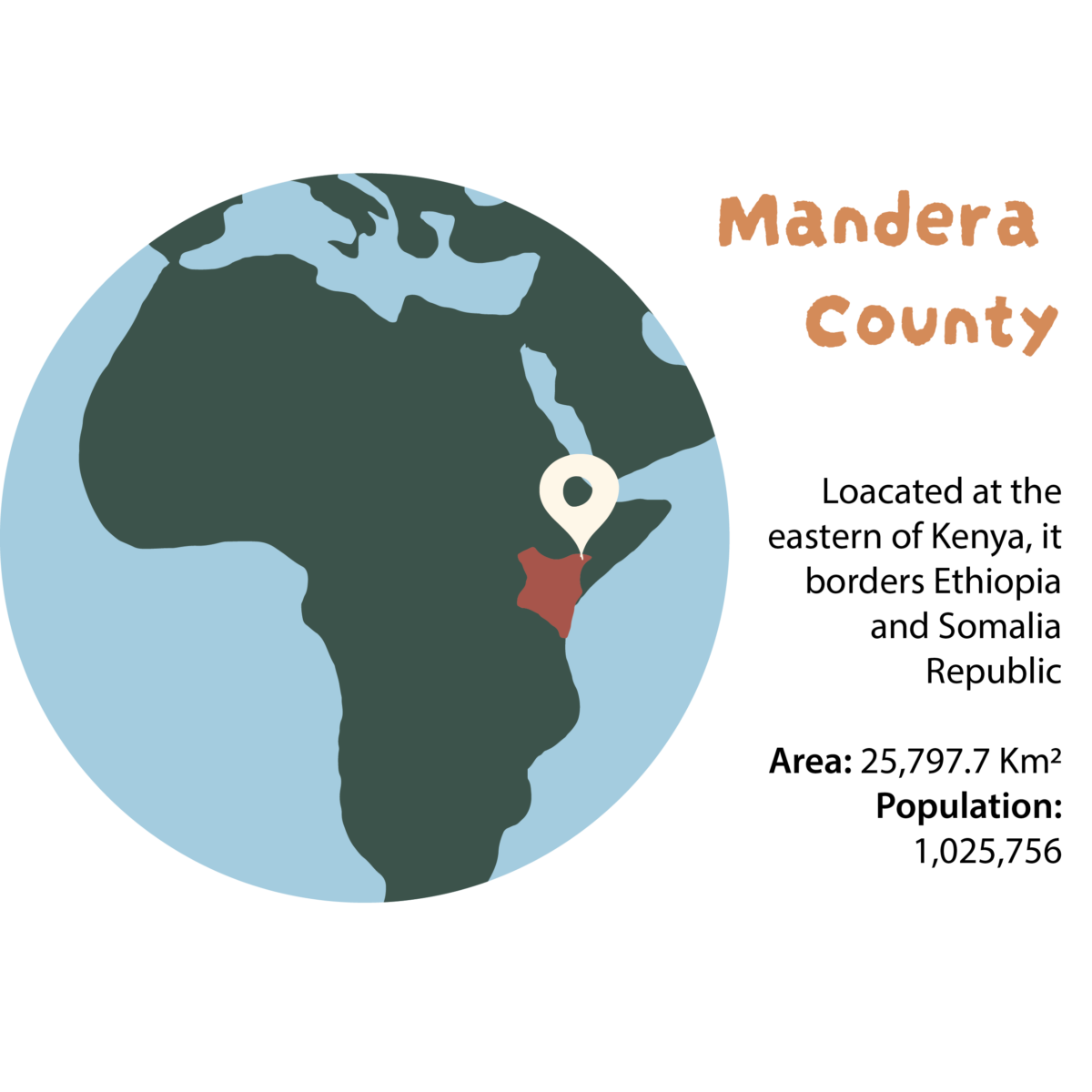
Focus Area: Addressing the impacts of climate change in the arid and semi-arid lands (ASALs) of the Horn of Africa, with a particular focus on the challenges posed by recurring droughts and flooding in Mandera County, Kenya.
Key Issues:
- Decline in coping capacities of pastoral communities.
- Forced migration in search of resources like water and pasture.
- Aid staff struggle to be effective due to insufficient information needed to deliver adequate support.
Objectives:
- Empower humanitarian actors with accurate data and innovative technologies.
- Enhance preparedness through real-time data and predictive insights.
- Improve response mechanisms for timely assistance during crises.
- Foster sustainable adaptation practices for long-term resilience.
Meet InNetBank
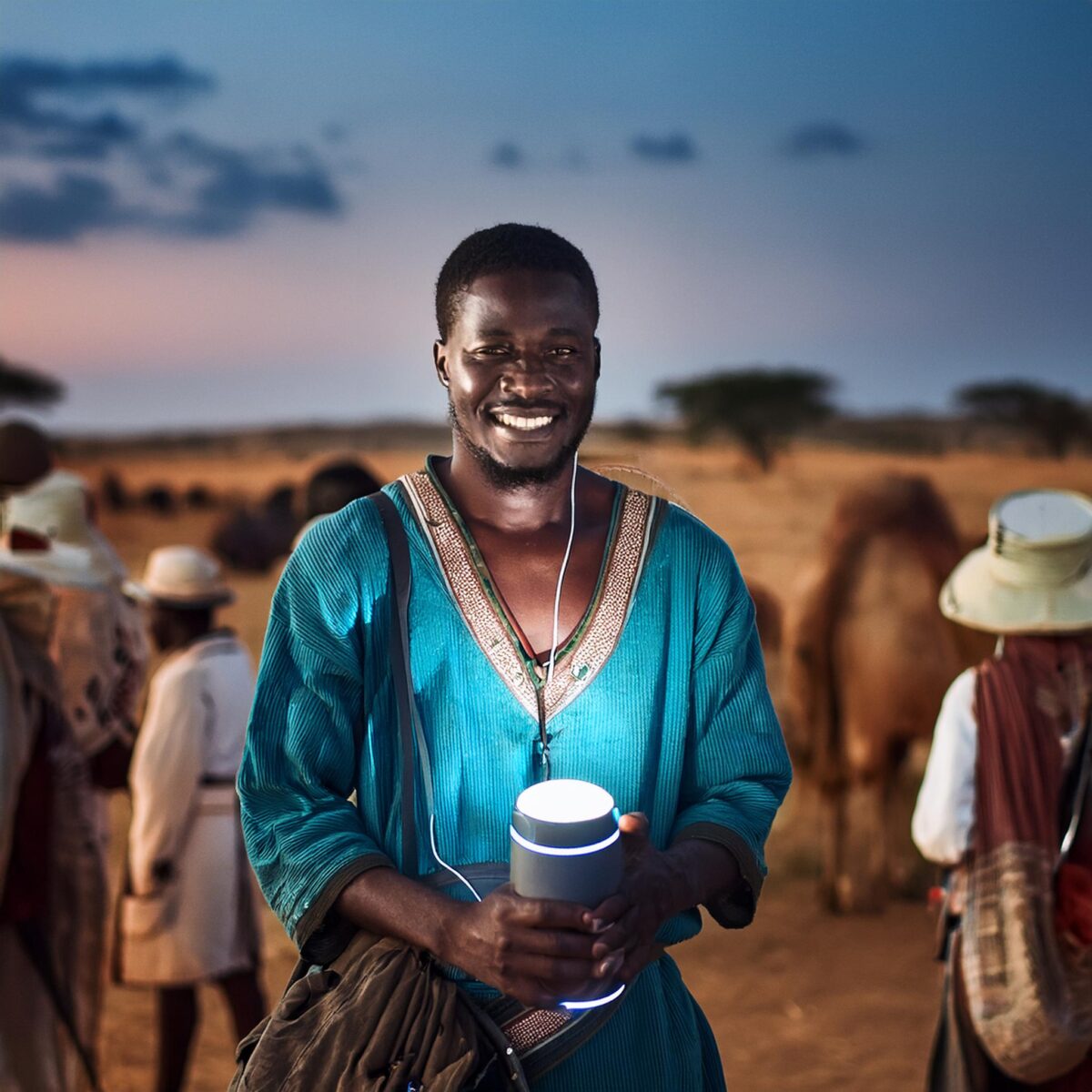
Imagine a solar-powered assistant, much like Alexa, but designed specifically for the nomadic communities of the Horn of Africa. This innovative device, equipped with a sophisticated Large Language Model (LLM) and connected via satellite internet, is not just smart—it’s deeply intuitive and adaptive.
With its sensors gathering vital information on location, temperature, and pollution, this device becomes a crucial lifeline. It provides real-time updates on climate and drought conditions, helping Nashida and her community navigate their environment more effectively.
But it doesn’t stop there. By collecting and analyzing data, this assistant helps forecast future challenges, allowing Nadia and other aid staff to pinpoint exactly where support is needed most. In essence, it’s a beacon of hope, turning data into actionable insights and ensuring that help reaches those who need it before a crisis unfolds.
Technical requirements:
- Voice Interaction Capability (LLM): This feature enables seamless communication through voice commands, ensuring that everyone has access to the technology and leaving no one behind.
- Sensors: Collect critical data such as location, temperature, and pollution levels. This data will be used to train AI models, enhancing the ability to forecast communities movement patterns and prevent the loss of livestock.
- Internet Connectivity: Essential for the Language Learning Model (LLM) to function effectively. This will be facilitated through satellite internet services, such as Starlink.
- Power Supply: Consists of a power bank and solar panel to provide continuous power and ensure reliable operation of the device.
- Open Source Platform: We aim to impact as many people as possible, which is why we will use easy-to-access hardware like Raspberry Pi and sensors that are readily available. We’re creating an open-source platform for any other innovators who want to replicate this device in other communities.
Benefits:
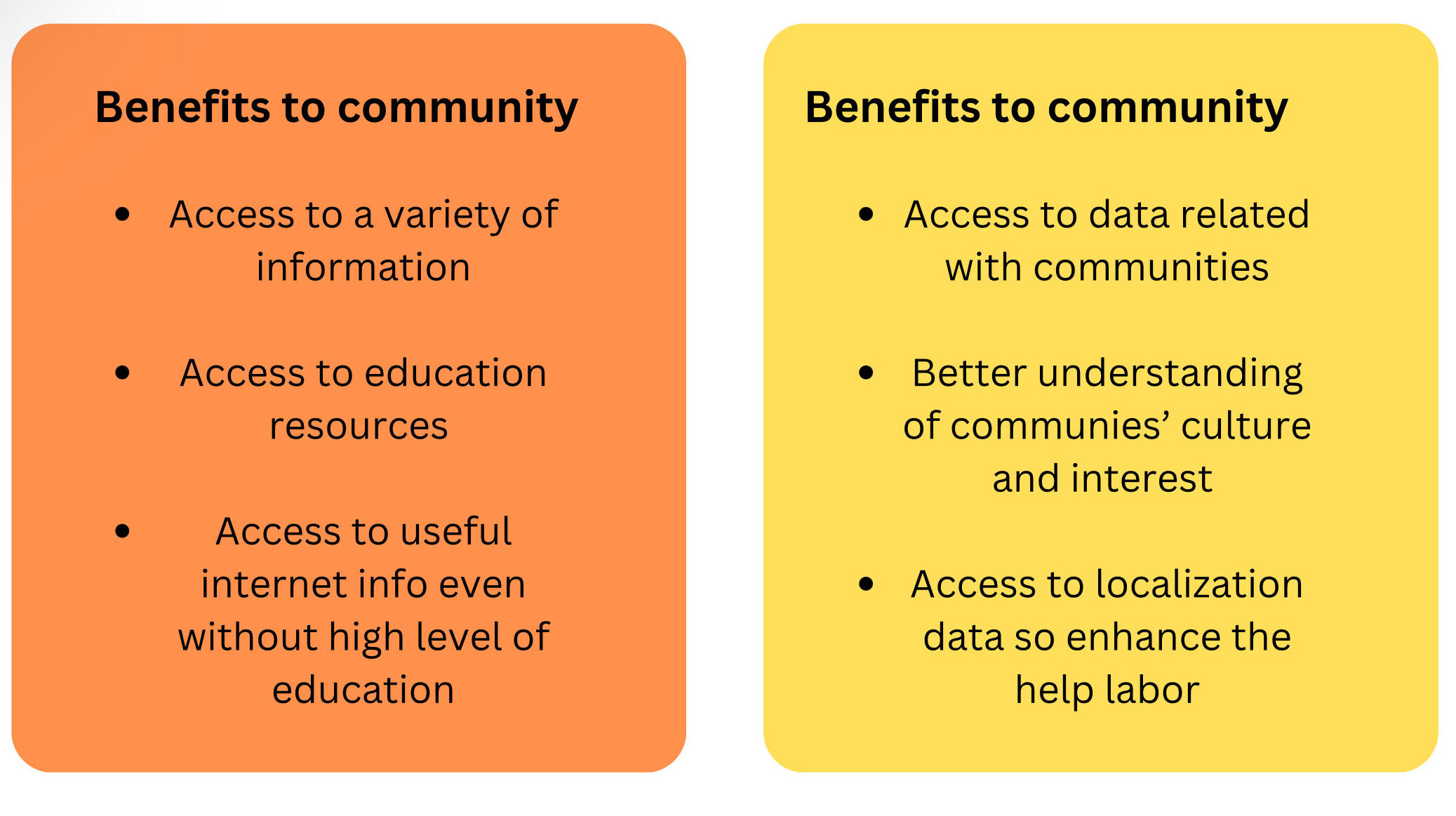
Design:
Our device:
- Lower barriers to technology access
- Gather data in real time (To use on data analysis)
- Provide data to the user real time
- Democratize access to informatin
- Reduce Bias in AI
- Promote sustainable technology use
Device Specifications:
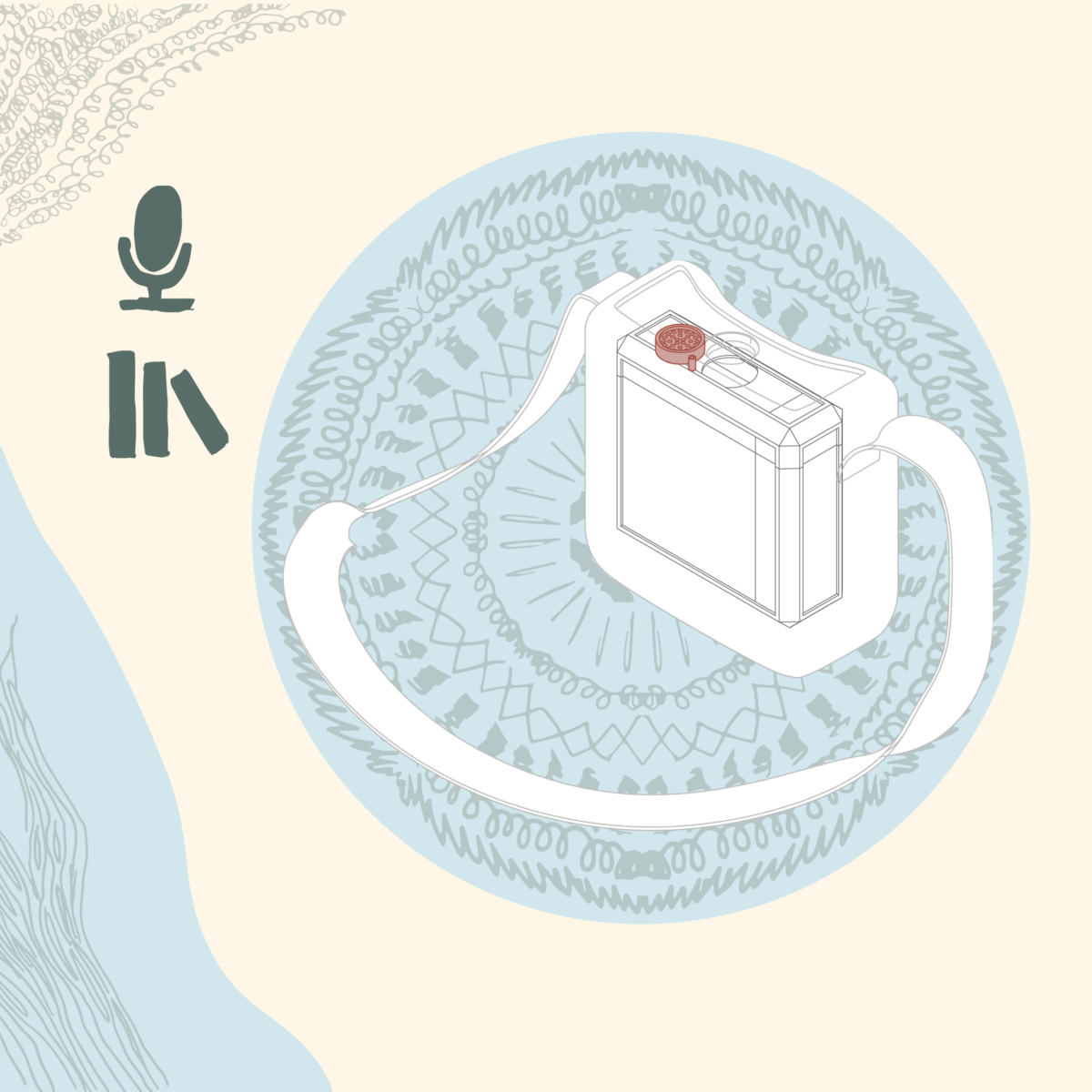
Access to pre-charged courses to study different subjects
Voice Assistant
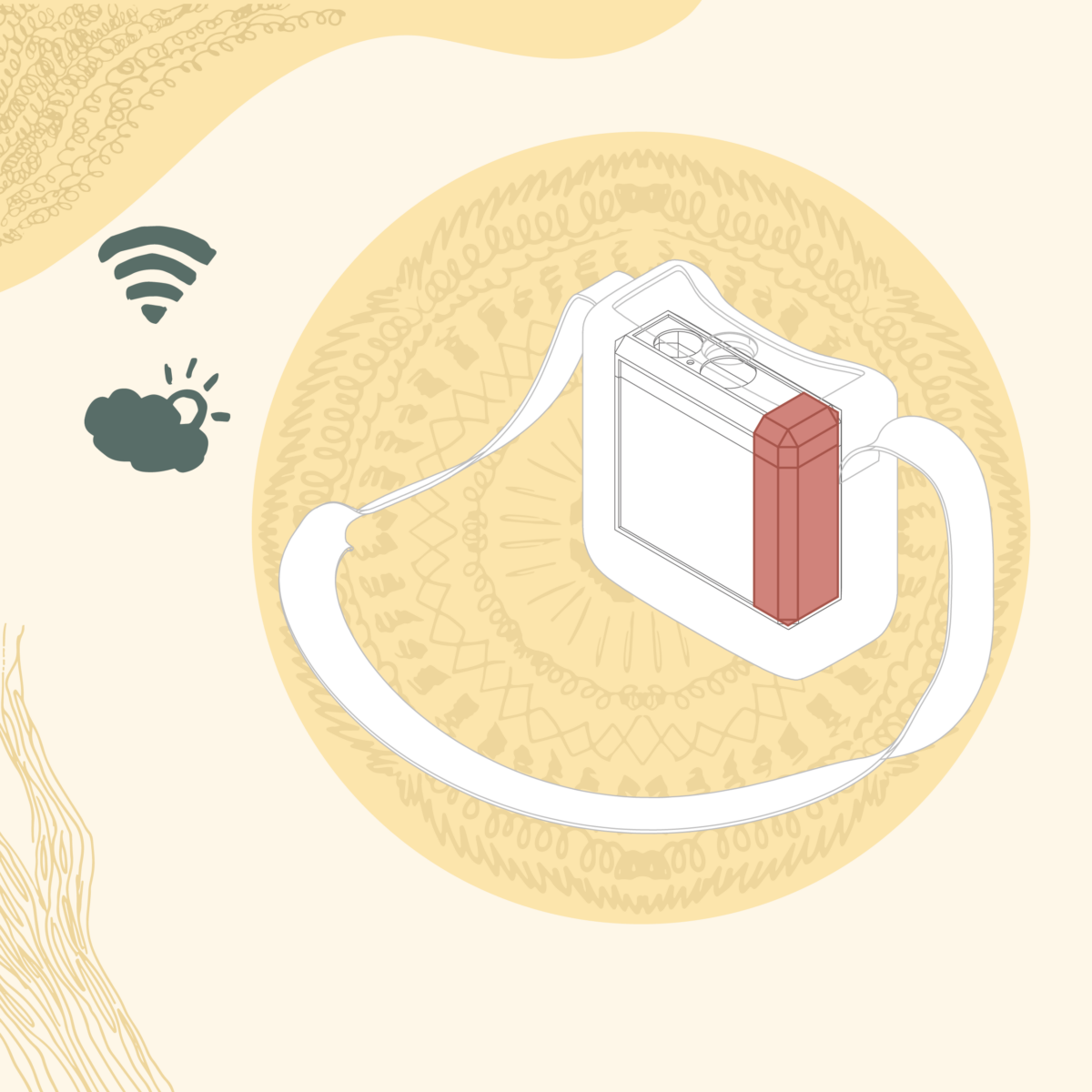
Weather Station with GPS
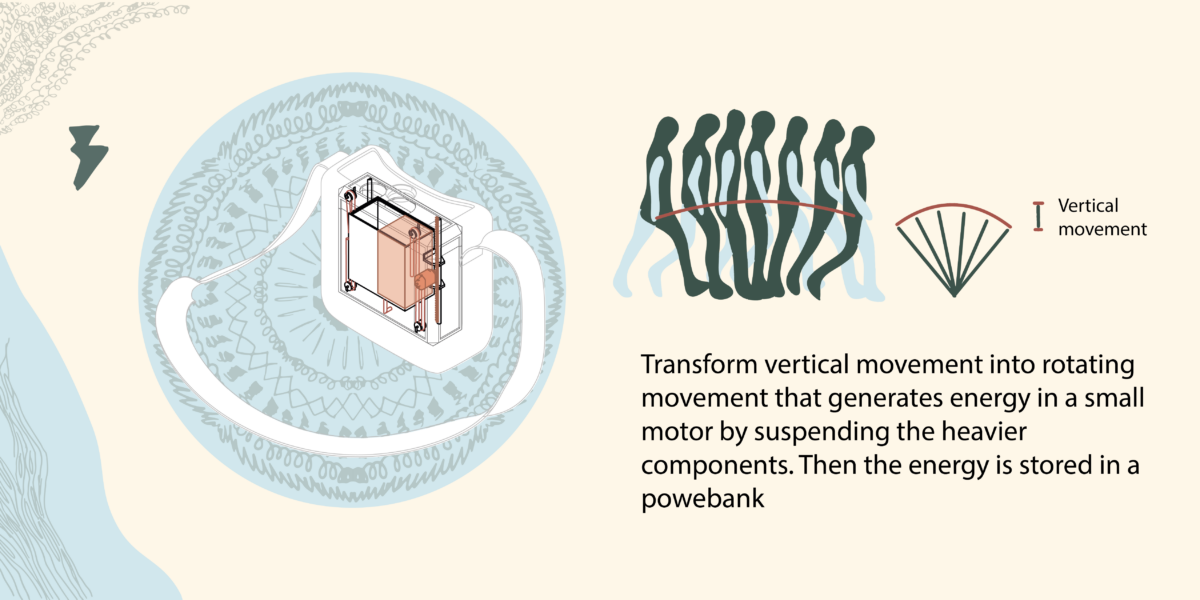
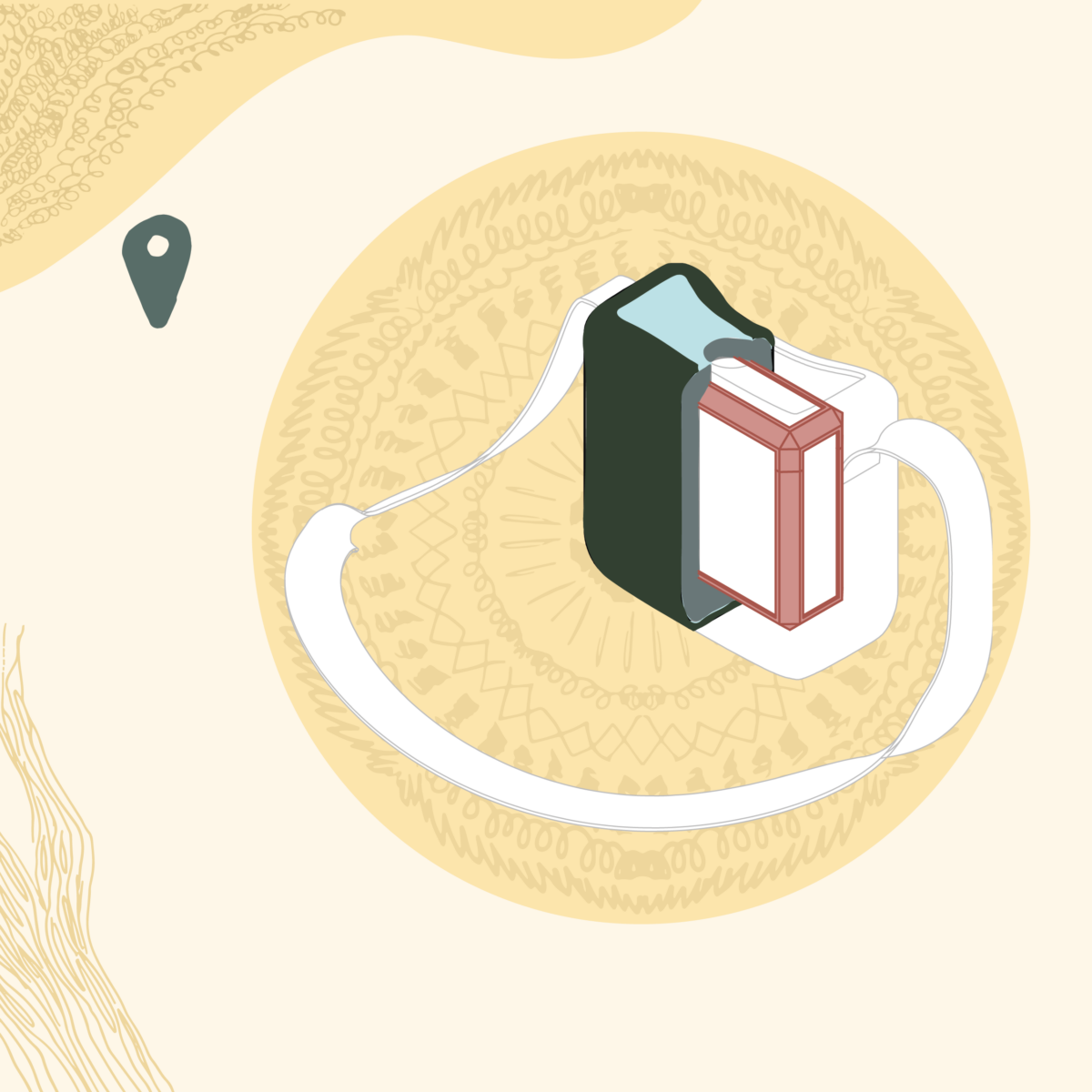
Sisal or Palm local made Bag
Dust resistance cloth cover
Get honeycomb Shock Absorber
Edges Reinforcement
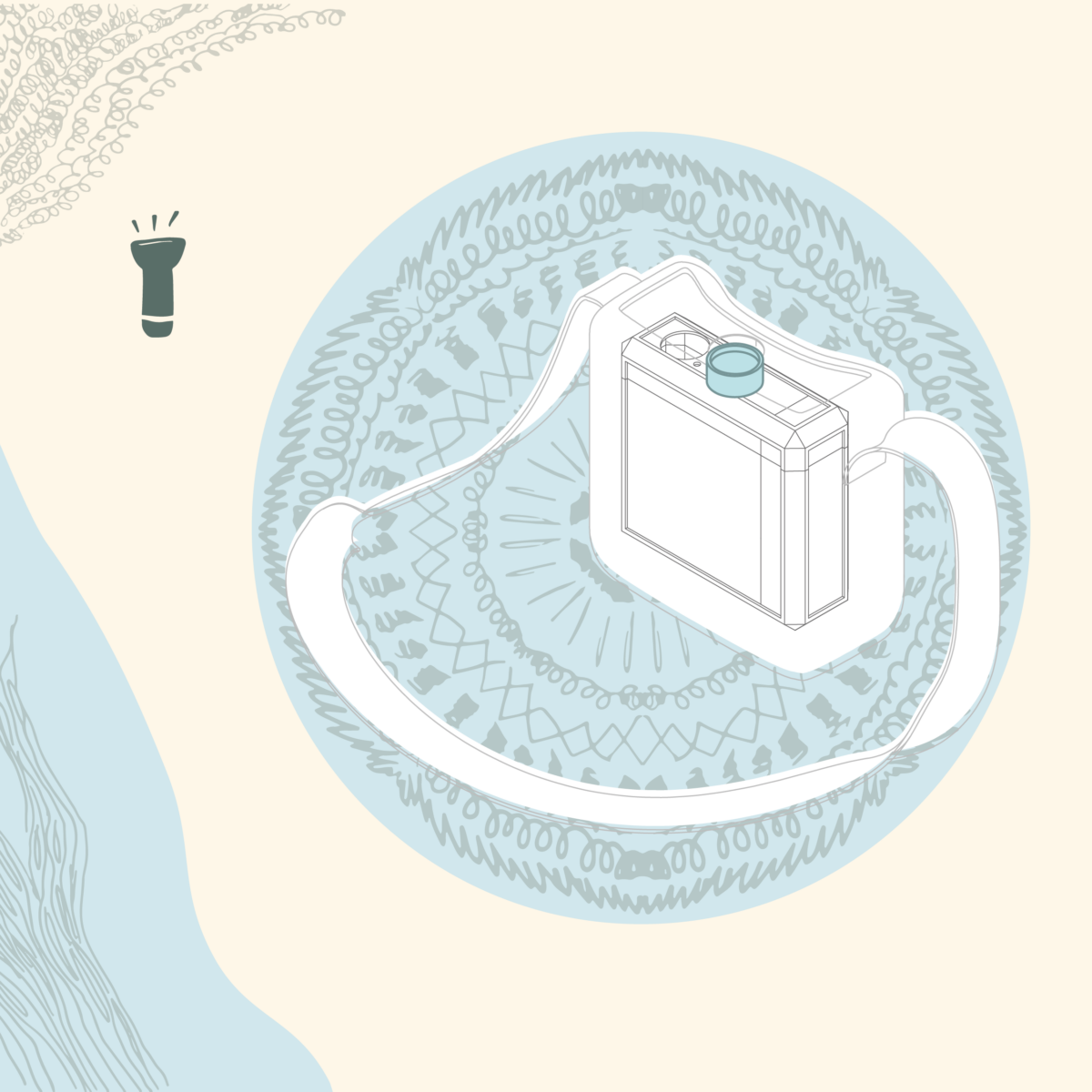
Led Lantern of the Top
Storage solar panel generated energy
Roadmap:
Design (3 months): In the first step, we will extensively research the local culture to create the best design possible, introducing an object that provides real and immediate value to the community.
Prototype (2 months): We will begin building the device and developing the required software..
Pilot (6 months): With a 10.000 USD budget, we will be able to deploy 10 devices and observe how the communities interact with them, with the budget we will be able to pay for Starlink internet on the 10 of them for the 6 months.
Evaluate (1 Month): We will assess the results and iterate based on the feedback received, with this results we will be able to gather information about how many people can we impact with every device and how much will it cost, additionally iterate on any issue we ca find.
Decide (1 Month): After reviewing the feedback, we will decide whether the project is viable as it currently stands, identify necessary changes, and define a new roadmap.
